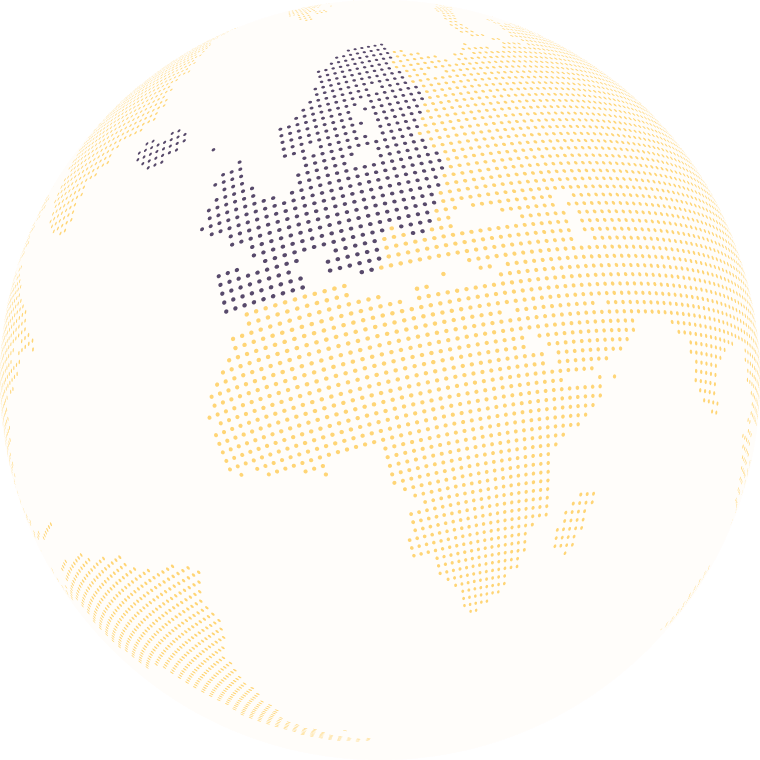Malaria is still a major public health problem, affecting more than 250 million people every year. The transmission of the disease relies on the success full transfer of the parasite between its human and mosquito hosts. This specific step of the disease’s cycle is also the research focus of Dr Pablo Suárez Cortés from the Max Planck Institute for Infection Biology, Berlin. Specifically, Dr Cortés aims to decipher the role of the Plasmodium GEST protein (Gamete Egress and Sporozoite Traversal) which is present in the mosquito’s secretory organelles. GEST is known for being involved in parasite transmission but its exact mechanism of action remains elusive. It is also challenging to investigate due to the difficulty of finding Plasmodium in infected mosquito samples. Thanks to ISIDORe, Dr Cortés collaborated with EuroBioImaging’s Czech node and was introduced to Correlated Light Electron Microscopy, a technology he had no access to and which was used for localizing the parasite in the mosquito midgut. Furthermore, Serial BlockFace – Scanning Electron Microscopy provided high resolution 3D images of the parasite infrastructure, a key element to fully decipher its transmission. The work is now planned to continue with models in which GEST has been knocked out, to investigate further the role of the protein.
